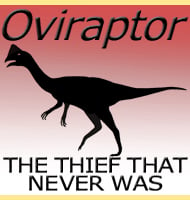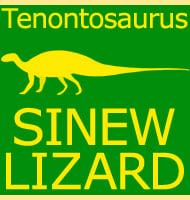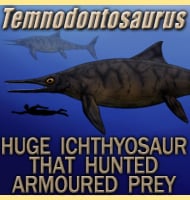Siamosaurus
In Depth Siamosaurus is a little known and often considered dubious genus of spinosaurid dinosaur since it has so far only been described from teeth. Siamosaurus was the first and only known genus of spinosaurid dinosaur known from Asia until the 2012 description of Ichthyovenator from partial post cranial bones. Like other spinosaurids, Siamosaurus was … Read more


